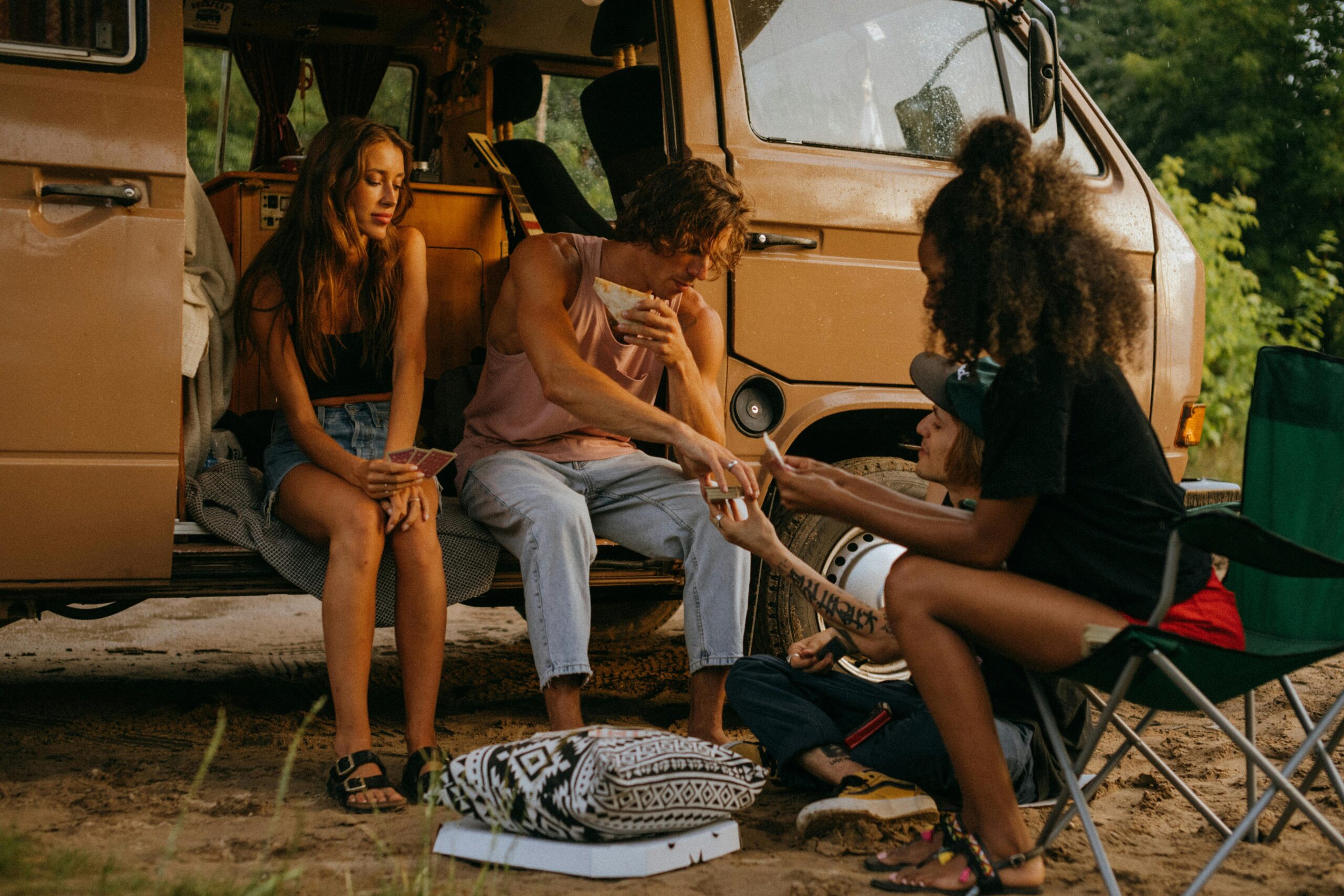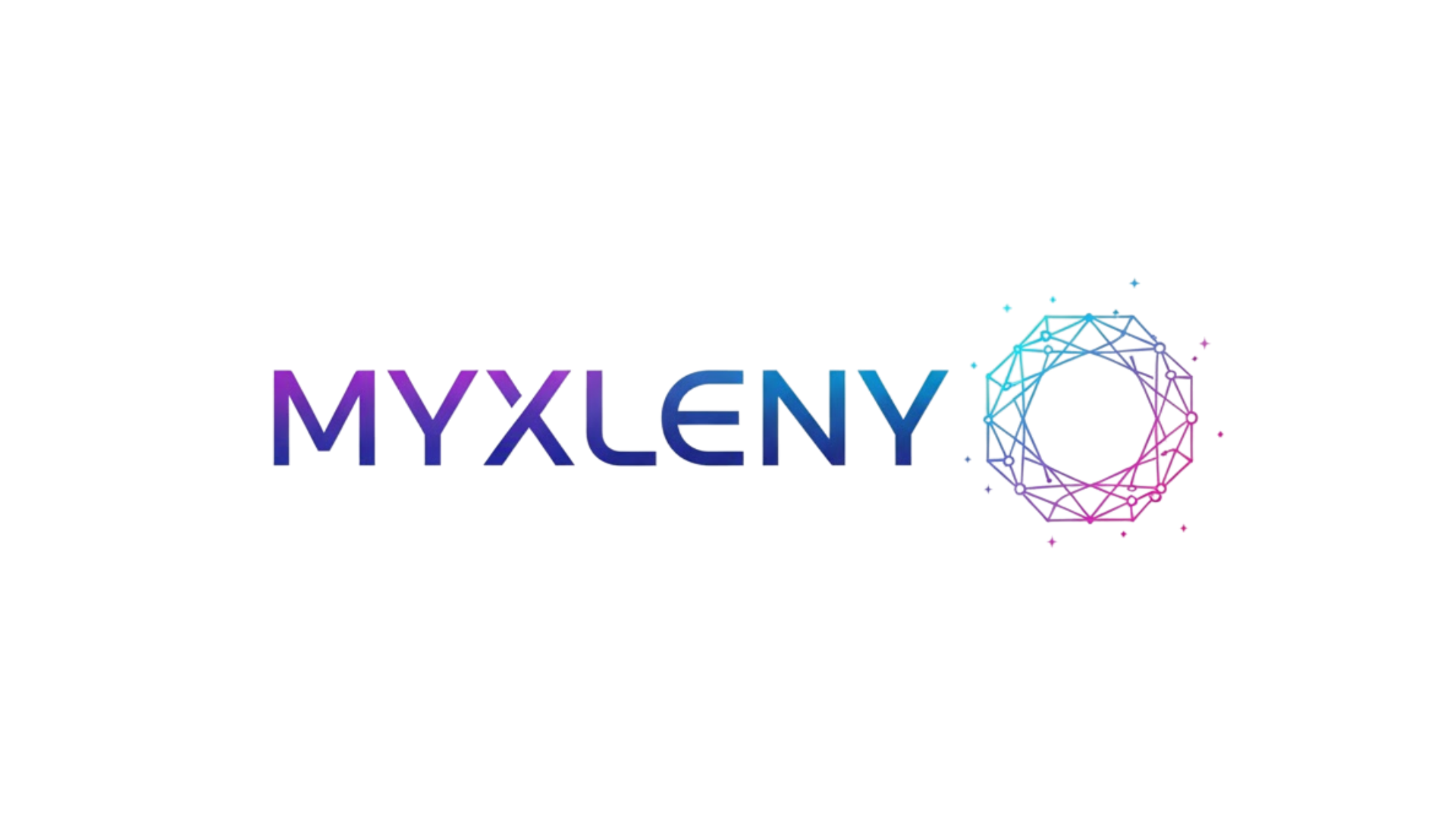The digital nomad lifestyle is redefining how we think about community, connection, and belonging in an increasingly mobile world.
As more professionals embrace location independence, working from coffee shops in Bali, coworking spaces in Lisbon, or beachfront apartments in Mexico, a critical question emerges: How do we maintain meaningful relationships and build genuine community bonds while constantly on the move? The nomadic lifestyle offers unparalleled freedom and adventure, but it also presents unique challenges when it comes to fostering deep, lasting connections with others who share this unconventional path.
The concept of community has evolved dramatically in recent years. No longer confined to geographic boundaries or permanent addresses, today’s nomads are creating a new paradigm—one where community transcends physical location and traditional definitions of “home.” This shift requires intentional effort, strategic planning, and a willingness to embrace both digital tools and face-to-face encounters in equal measure.
🌍 The Evolution of Nomadic Community Building
Traditional communities were built on proximity and permanence. Your neighbors, coworkers, and local establishments formed the fabric of social life. But the nomad nation operates differently. Modern location-independent professionals are pioneering new ways to create belonging without geographic permanence, developing hybrid communities that blend digital connectivity with strategic face-to-face meetups.
This evolution hasn’t happened by accident. As remote work normalized and international travel became more accessible, early digital nomads recognized the isolation that could accompany constant movement. They began creating infrastructures—both digital and physical—to support connection on the go. Today’s nomad communities benefit from years of experimentation and refinement by those who blazed the trail before them.
The key difference between nomadic communities and traditional ones lies in intentionality. While traditional communities often form organically through repeated proximity, nomadic communities require conscious effort to initiate and maintain. This deliberate approach to relationship-building often results in deeper, more meaningful connections, as participants actively choose to invest in these relationships despite the logistical challenges.
Digital Foundations: Building Bridges Across Time Zones
Technology serves as the backbone of nomadic community building. Online platforms enable nomads to maintain connections regardless of physical location, creating a sense of continuity as they move through different cities and countries. These digital spaces function as virtual town squares where information, experiences, and support flow freely.
Dedicated communities on platforms like Slack, Discord, and Facebook Groups have become essential tools for nomads worldwide. These spaces allow for asynchronous communication, accommodating the various time zones nomads inhabit. Members share practical advice about visas, accommodation, coworking spaces, and local resources, but the value extends far beyond logistics. These digital communities provide emotional support, professional networking opportunities, and even lead to lasting friendships and business partnerships.
Social media platforms also play a crucial role in maintaining nomadic networks. Instagram and Twitter enable nomads to share their journeys in real-time, creating transparency about the nomadic lifestyle that helps others feel less alone in their experiences. LinkedIn facilitates professional connections that can lead to collaboration opportunities, while platforms like Nomad List help travelers make informed decisions about their next destination and connect with others heading to the same locations.
Creating Meaningful Digital Interactions
The challenge with digital community building isn’t finding platforms—it’s creating genuine connection through them. Successful nomadic communities establish rituals and structures that transform casual online acquaintances into supportive networks. Virtual coworking sessions, online skill-sharing workshops, and regular video meetups help maintain engagement and foster deeper relationships.
Many nomad communities organize themed discussions, accountability groups, and mentorship programs through their digital channels. These structured interactions provide purpose beyond simple socializing, giving members reasons to engage regularly and build rapport over time. When digital interactions have clear value propositions—whether educational, professional, or social—participation increases and relationships deepen.
🤝 Strategic Physical Meetups: Making the Most of Overlaps
While digital connections sustain nomadic communities during periods of geographic separation, face-to-face interactions remain irreplaceable for building strong bonds. The nomadic lifestyle naturally creates opportunities for spontaneous meetups as paths cross in popular destinations, but intentional planning amplifies these opportunities significantly.
Coworking spaces have emerged as vital physical hubs for nomadic community building. These spaces offer more than just desks and WiFi—they provide consistent venues where nomads can reliably find like-minded individuals. The best coworking spaces cultivate community through organized social events, skill-sharing sessions, and collaborative projects that bring members together around shared interests and goals.
Many nomads also coordinate their travel schedules to align with nomad-focused conferences, retreats, and meetups. Events like Nomad Summit, 7in7 Digital Nomad Conference, and various destination-specific meetups create concentrated opportunities for relationship building. These gatherings accelerate connection processes that might otherwise take months to develop through digital channels alone.
Building Micro-Communities in Each Location
Beyond larger organized events, successful nomads develop systems for quickly establishing micro-communities in each new destination. This might include attending local language exchanges, joining sports clubs or fitness classes, participating in hobby groups, or volunteering for local causes. These activities provide structured social opportunities and help integrate nomads into both the local community and the international nomad scene.
The strategy of creating location-specific routines—frequenting the same coffee shop, attending weekly markets, or joining recurring meetups—helps build familiarity and recognition even during short stays. These patterns create mini-networks that can be reactivated during return visits, establishing a sense of continuity across multiple trips to the same destination.
💼 Professional Networks: Where Work and Community Intersect
For digital nomads, professional relationships often form the strongest community bonds. Shared professional interests create natural conversation topics and collaboration opportunities, while the potential for mutual career benefit provides strong incentive for maintaining these relationships across distances and time zones.
Online professional communities specific to various industries or skill sets enable nomads to maintain relevance in their fields while traveling. These networks provide opportunities for knowledge exchange, project collaboration, and professional development that might otherwise be lost when leaving traditional office environments. Many nomads find that their professional communities become their primary social circles as well.
Mastermind groups and accountability partnerships have become particularly popular among location-independent entrepreneurs. These small, committed groups meet regularly via video call to share challenges, celebrate wins, and provide mutual support. The combination of professional focus and personal vulnerability in these settings often creates surprisingly deep bonds despite the digital-only format.
Collaborative Workspaces and Projects
Working alongside others in coworking spaces or organizing collaborative projects naturally builds community through shared purpose. When nomads work together on actual deliverables—whether client projects, passion initiatives, or community-building efforts—they develop the kind of trust and mutual respect that forms the foundation of strong relationships.
Some nomadic communities have taken this approach even further, creating nomad-run businesses, collectives, and social enterprises. These ventures serve dual purposes: generating income while creating organizational structures that bind community members together through shared stakes and ongoing collaboration.
🏡 Slow Travel: The Antidote to Connection Deficit
One of the most effective strategies for building strong community bonds as a nomad involves slowing down. The perpetual motion often romanticized in nomad lifestyle content can actually work against deep connection. Spending longer periods in fewer locations—often called “slow travel”—allows relationships to develop beyond surface-level interactions.
Staying in one place for several months provides time for friendships to progress through multiple stages of depth. Initial acquaintances become regular companions, shared experiences accumulate, and trust develops. Slower travel also allows nomads to better integrate into local communities, learning languages more thoroughly and understanding cultural contexts more deeply.
Many experienced nomads adopt a hybrid approach, maintaining a few “home bases” where they return regularly between adventures to other destinations. These bases provide anchoring communities where relationships can develop continuity despite the nomadic lifestyle. Knowing they’ll return to the same place motivates both the nomad and their connections to invest more deeply in relationships.
Creating Rituals and Traditions Within Nomadic Life
Rituals and traditions provide glue for community bonds, creating shared experiences and anticipated events that members look forward to. In nomadic communities, these rituals take various forms adapted to the mobile lifestyle. Weekly virtual coffee chats, monthly video skill-shares, annual retreats, and spontaneous celebrations when paths cross all function as community-binding traditions.
Some nomadic groups create their own holidays or celebration practices—recognizing members’ birthdays, celebrating visa approvals, toasting new country arrivals, or marking work anniversaries. These practices create a sense of continuity and shared culture unique to that particular community, strengthening members’ identification with the group.
Individual nomads also benefit from creating personal rituals that they maintain across locations. Whether it’s a Sunday morning journaling practice, weekly video calls with specific friends, or monthly professional development sessions, these consistent practices provide psychological anchoring and create regular touchpoints with community members.
🎯 Giving and Receiving: The Economy of Nomadic Support
Strong communities operate on principles of reciprocity. In nomadic networks, this support economy takes distinctive forms adapted to the lifestyle. Nomads share accommodation recommendations, introduce connections in new cities, offer local tours when someone visits their current location, provide professional referrals, and offer emotional support during difficult transitions.
The transient nature of nomadic life actually amplifies opportunities for meaningful reciprocity. Because everyone experiences similar challenges—finding housing, navigating unfamiliar systems, dealing with loneliness—community members can offer relevant, timely support. This shared understanding creates powerful bonding experiences when nomads help each other through difficulties.
Many nomadic communities formalize support structures through knowledge bases, city guides, mentorship programs, and buddy systems for newcomers. These systems ensure that support flows efficiently and that newer nomads benefit from the accumulated wisdom of more experienced community members, while also providing meaningful contribution opportunities for those who want to give back.
Navigating the Challenges of Constant Transition
Building strong community bonds while constantly moving presents genuine challenges that shouldn’t be minimized. Friendship fatigue—the emotional exhaustion of repeatedly forming and leaving relationships—affects many nomads. The effort required to continually introduce yourself, establish trust, and develop rapport can feel overwhelming, particularly for introverts or during challenging periods.
Time zone differences complicate real-time communication, making spontaneous interactions difficult and requiring more planning for connection. The lack of shared daily experiences can make conversations feel disjointed, as community members live parallel but separate lives across different contexts and cultures. And the reality that most connections will be temporary, despite best intentions, can create a subtle guardedness that prevents full vulnerability.
Addressing these challenges requires acknowledgment and strategy. Successful nomads often limit their number of active communities, focusing energy on a few key networks rather than spreading themselves too thin. They also prioritize quality over quantity in relationships, investing deeply in a smaller circle rather than maintaining superficial connections with many. And they practice self-compassion, recognizing that feeling lonely or disconnected sometimes is a natural part of the nomadic experience, not a personal failure.
Finding Your Nomadic Tribe: Practical Steps Forward
Building strong community bonds as a nomad begins with intentional action. Start by identifying your community needs—do you prioritize professional networking, social friendship, romantic relationships, or some combination? Your priorities will shape where and how you invest community-building energy.
Research and join online communities aligned with your interests and values before arriving in new destinations. Introduce yourself genuinely, contribute value to discussions, and reach out for one-on-one connections with members who resonate with you. When you arrive in a new city, attend meetups and coworking space events within your first week, establishing social momentum early.
Create systems that support ongoing connection: regular video calls with your closest nomad friends, scheduled check-ins with accountability partners, and calendar reminders to reach out to people you haven’t connected with recently. Treat community maintenance as seriously as you treat client work or health routines—because your wellbeing depends on it equally.
Be generous with introductions and invitations. When you discover a great restaurant, invite someone to join you. When you know two nomads who would connect well, introduce them. When you have local knowledge that would help someone, share it proactively. These small acts of community building accumulate into strong networks over time.

🌟 The Future of Nomadic Community
As the nomad nation continues growing, community structures will evolve to meet emerging needs. We’re already seeing innovation in nomad-specific housing collectives, distributed companies built entirely by nomads, and destination-independent educational programs. These developments create more touchpoints for connection and more reasons for sustained collaboration across distances.
The maturation of the nomadic lifestyle also means more multi-generational nomad families, creating new demands for family-oriented communities and services. As nomadism moves from niche experiment to viable long-term lifestyle, the infrastructure supporting nomadic community will become more sophisticated and accessible.
Technology will continue enabling new forms of connection, with virtual reality potentially offering more immersive shared experiences for geographically distributed communities. At the same time, we may see a counterbalancing movement toward in-person connection as nomads recognize the irreplaceable value of physical presence and shared space.
The nomad nation demonstrates that community can transcend traditional boundaries when people commit intentionally to connection. By combining digital tools with strategic face-to-face interactions, creating rituals and support systems, and embracing both the freedoms and responsibilities of the nomadic lifestyle, location-independent individuals are proving that belonging doesn’t require staying in one place. The strongest communities emerge when members invest deliberately in relationships, contribute generously to collective wellbeing, and recognize that even temporary connections can create lasting impact. As this movement grows, the lessons learned by nomadic communities may reshape how all of us—nomadic or stationary—think about building meaningful connection in an increasingly mobile and digital world.
Toni Santos is a future-of-work researcher and social innovation writer exploring how technology, culture, and global mobility are redefining what it means to work and thrive in the 21st century. Through his studies on automation, digital nomadism, and workforce transformation, Toni examines the balance between progress, adaptability, and human purpose in a rapidly changing world. Passionate about remote collaboration systems and digital inclusion, Toni focuses on how emerging tools and global connectivity empower individuals to build meaningful, flexible, and resilient careers. His work highlights how automation and new work models can coexist with creativity, empathy, and social value. Blending sociology, economics, and digital strategy, Toni writes about the human side of innovation — helping readers understand not only where work is heading, but how to align with its transformation responsibly and purposefully. His work is a tribute to: The evolving relationship between automation and human employment The rise of global, location-independent lifestyles The power of resilience and adaptability in the modern workforce Whether you are a freelancer, remote leader, or curious observer of the new economy, Toni Santos invites you to explore the future of work — one idea, one connection, one transformation at a time.




